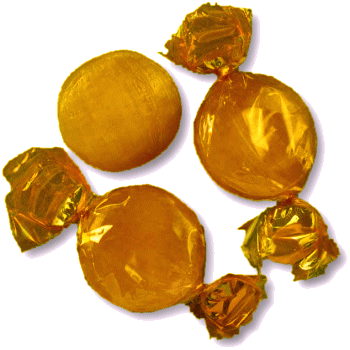




WELCOME TO An Entertainment Site for Scottish Country Dancers - Enjoy the curated selection of theme-related dances for celebrations and holidays, or find a dance associated with a special calendar day, or EVEN your own birthday!
Travelers Resting William Thayer (1787-1879)
Scottish Travellers Days
Jun 19
Other Scottish Country Dances for this Day
Today's Musings, History & Folklore
"Frae the hame o' the coorie-doo,
Whaur the roddin sways,
In the licht o' the high white moon
The tinkler's sang I'll raise.
A sang for the roaming folk,
Wi' their tents on the upland braes,
A sang for the wanderin' tribe,
Wha's road is the auld time ways."
~ The Flyting o' Life an' Daith, Hamish Henderson (1919-2002)
This lively jig for four couples—and its many charming variations—opens with a playful, winding figure that evokes the graceful flow of a scarf. The women join hands to form a continuous chain, weaving under a single arch in a spiraling motion, all while keeping their hands linked. The movement brings to mind the swirling elegance of gypsy shawls, whose cultural and visual richness add an extra layer of meaning to the dance.
Gypsy shawls—also known as traveler shawls or Romani shawls—carry a deep cultural significance. With roots in the Romani communities of Eastern Europe, these shawls have traveled across continents, adapting to local traditions and fashions along the way. Known for their vivid colors and intricate designs, they are often worn during festive occasions, dances, and rituals, adding both beauty and symbolism to communal gatherings.
Scotland, too, has its own vibrant traveler culture. The Scottish Travelers—sometimes called "Nawkins" or "Nawken"—are a distinct ethnic group with a storied history dating back to at least the early 16th century. Traditionally living an itinerant lifestyle, they worked as tinsmiths, basket weavers, horse dealers, and entertainers, offering both skilled trades and lively amusement to rural communities. Their enduring contributions and colorful traditions echo beautifully in the spirit of this communal dance. 🤎 🤎 🤎 🧶 🧶 🧶
The Gypsy Shawl
In the past, the term "tinker" was commonly used to refer to Irish or Scottish Gypsies. Scottish Travellers, loosely termed gypsies or tinkers, comprise several diverse and unrelated communities, each with unique languages, dialects, customs, histories, and traditions.
June marks Gypsy, Roma, and Traveller History Month (GRTHM), celebrating the diversity, history, culture, and language of Gypsy, Traveller, and Roma communities, as well as other Travelling communities such as Showmen and Boaters.
The Romani in Europe were the first group widely known among English-speaking people by the exonym Gypsies (or Gipsies), a term now considered pejorative by some. Interestingly, "Gypsies" has also become a modern term for professional chorus dancers in Broadway musicals, who refer to themselves as ‘Gypsies.’
In Scotland, there are four distinct communities that identify as Gypsies or Travellers: Indigenous Highland Travellers, Funfair Travellers or Showmen, Romanichals (a subgroup of the Romani people), and Lowland Gypsies.
For more on International Romani Day, click the portrait of Robert Hope's (1869-1936), "A Tinker Lass."
Click the dance cribs or description below to link to a printable version of the dance!



